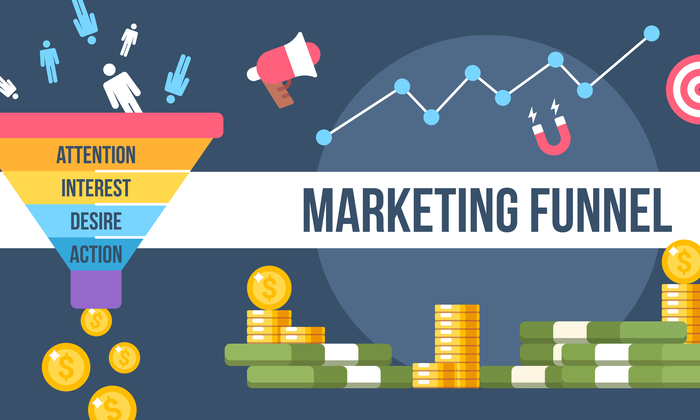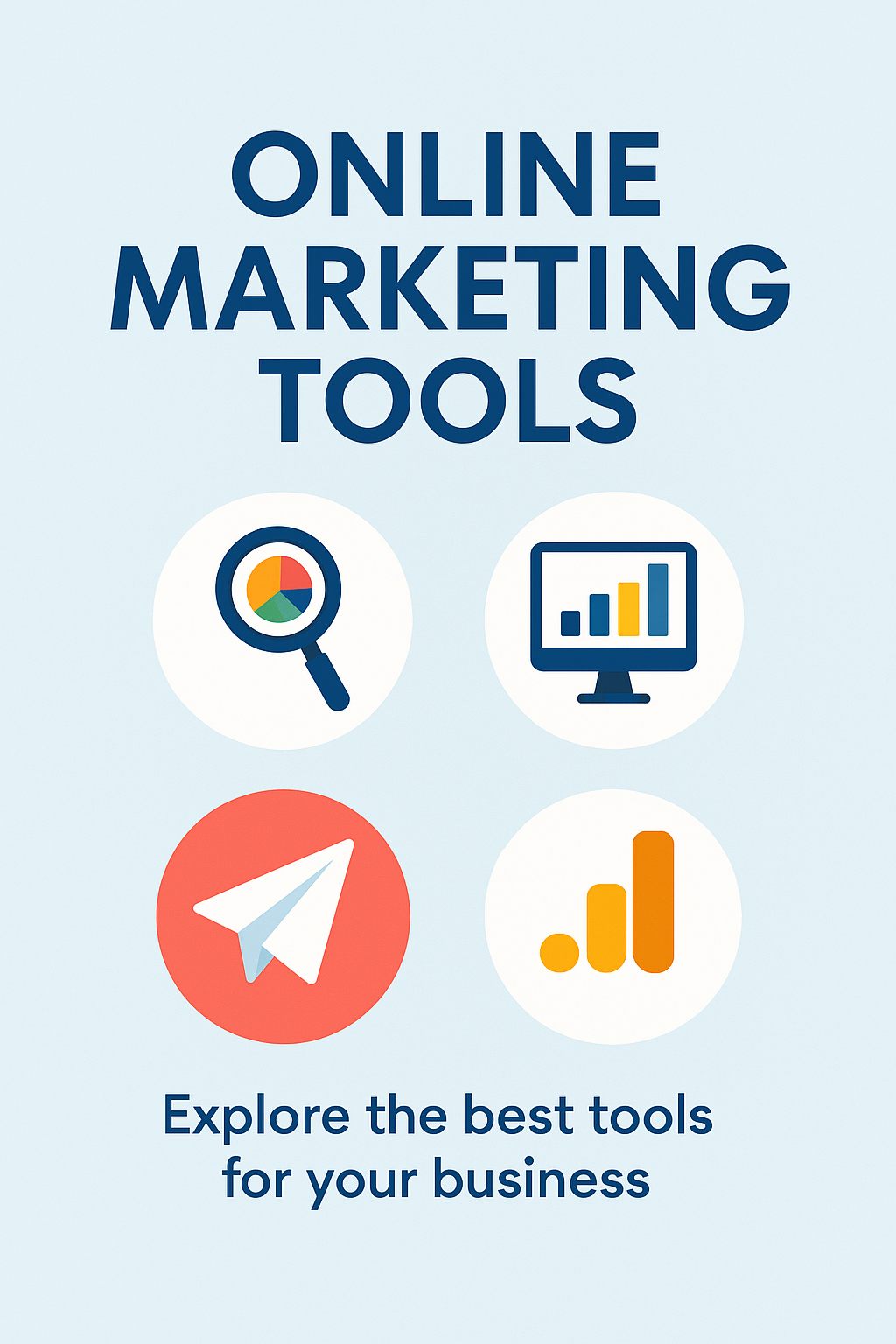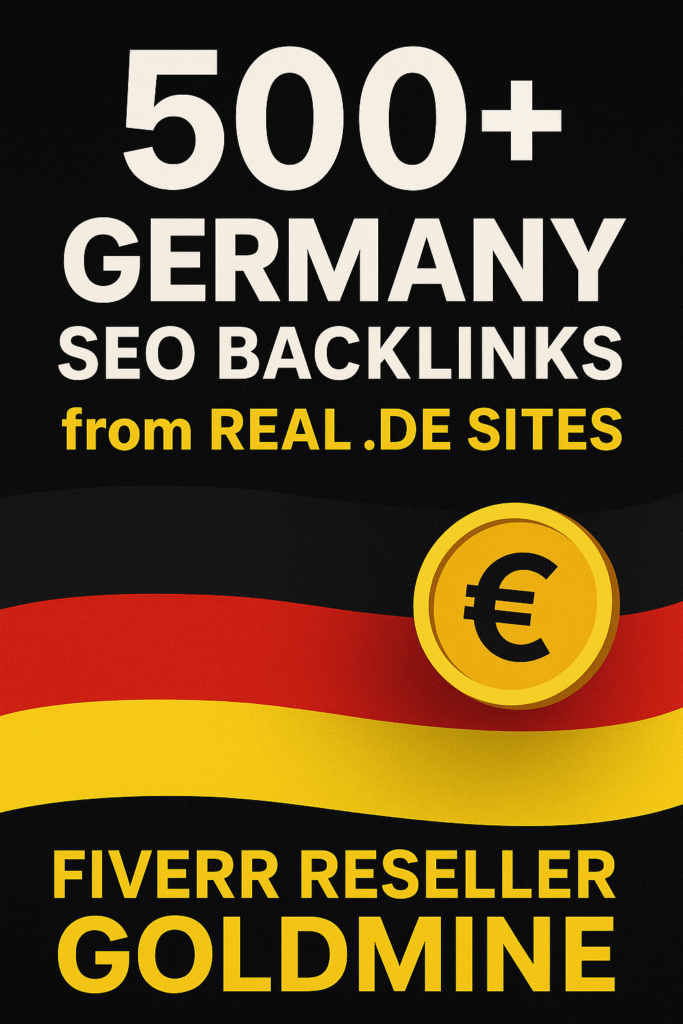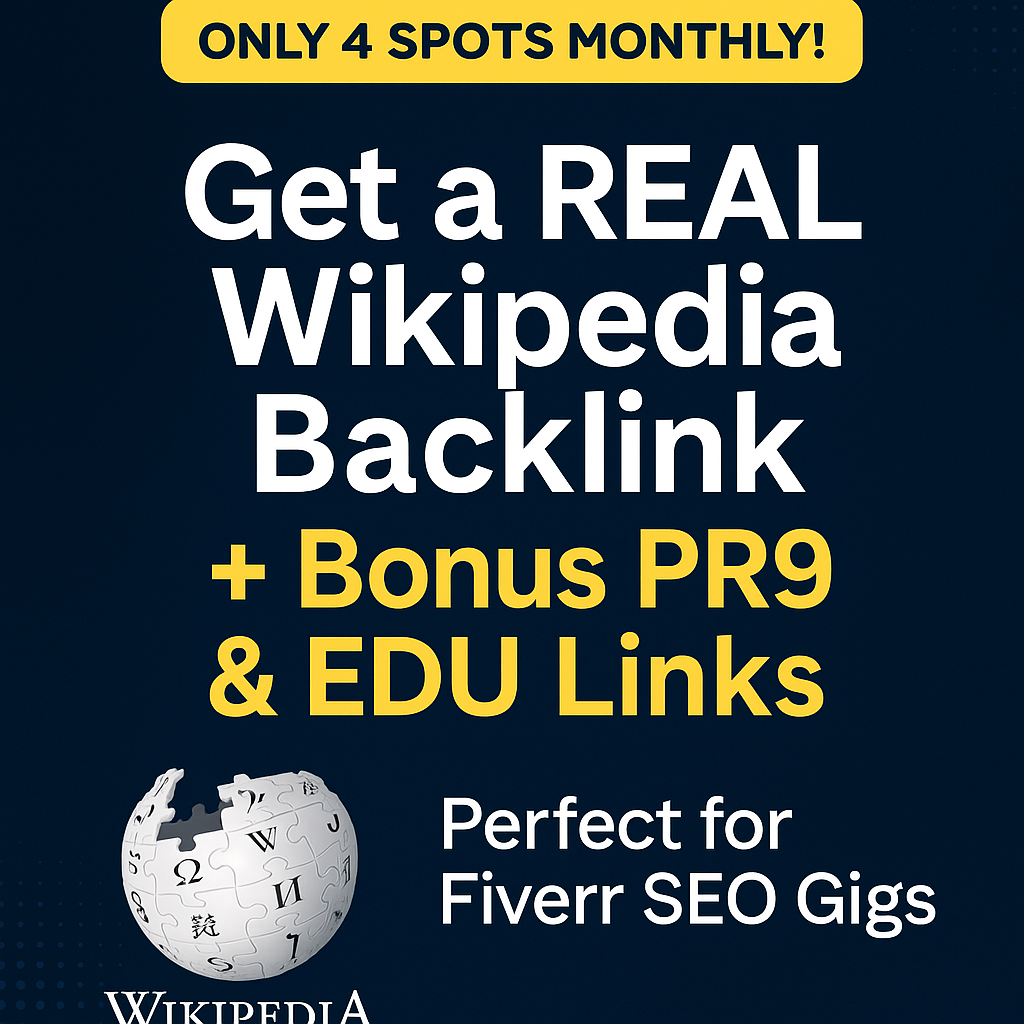You must convert visitors into leads to become a profitable business
Digital marketing, for the most part, is simple. Nowadays anyone can set up an ad campaign on Google or Facebook and start driving the clicks. The competition is high and looks everyone wants a piece of the online action.
The Digital Marketing funnel is a strategic model that represents the entire buying journey of the personas, from the moment they know your brand until the time they become customers. This concept is widely used among salespeople but has also become a fundamental resource for the success of marketing actions.

With the rise of new-age tech and consumer startups, there is no limit on the ways you can get attention from people. We have click-based ads, YouTube ads, banner ads, story ads and so on. But at the same time, digital marketing is also getting more challenging.
While running ads is relatively easy, the biggest challenge for most startups and digital marketers is getting an ROI on the ad dollars spent on these various channels. It’s difficult to get an ROI because funding the ad spend is challenging, unless the customer transacts with you and makes a profit for you,
Anyone can fund ads with investor money in the initial stages, but that’s not a sustainable way to build the funnel for the long term. The most important question to ask in digital marketing is not how and where to run the ads, but how to make sure there is an ROI on the ad dollars spent and sustaining the campaigns for the long term.
The funnel concept
There are different stages in the funnel, and the only way to make an ad campaigns work is to make sure that all the stages of the funnel are built in a solid way. In general, branding campaigns are out of the question for small businesses that are bootstrapped. Just putting your brand name on TV and banners is not going to convert viewers into customers.
Digital marketing becomes more effective when it’s focused on lead generation. Collecting names, emails, and phone numbers are the best way to bring potential customers into the funnel. And the best way to get viewers to opt in is to give away a free resource in return. This is usually called a lead magnet because it attracts the leads. Think of it like an ethical bribe that you give to the visitor in return for their email ID and the permission to market to them again through email.
Most brands (both B2B and B2C) kind of mess it up after this stage. The leads are cold and will not be in a position to buy your product or service. Trust needs to be built. Trust grows with engagement and engagement comes with good content.
Since ad campaigns are at scale, the nurturing needs to be done at scale. And the only way to nurture thousands of leads is with marketing automation. Marketing automation also needs to be personalized at scale in a process I call deep marketing.
Deep marketing involves creating a marketing funnel where every segment of your potential customers and leads get unique content that is relevant to them. The higher the relevancy, the faster the cold leads become warm leads. The process of converting cold leads into warm leads takes time, and the best way to achieve this is to send a sequence of emails spaced out in a 2-3 day window.
Related Content: How Digital Finance Can Change Payments Across Europe
The value of warm leads
Trust needs to be built before you can start selling to the leads. You need to nurture the leads over time to efficiently convert cold leads into warm leads. But warm leads are not the solution. Warm leads do not put money in the bank. Warm leads need a nudge if you want them to become paying customers. You need to gently push them towards a transaction without coming off as sleazy and pushy.
If the first stage is attention and the second stage is building trust, a compelling copy and sales pitch is the third and the most important stage of the funnel.
Someone trusting you doesn’t mean anything until they are ready to use that trust to transact with you. Warm leads can be converted into paying customers using a variety of sales methods. You can use sales pages, sales videos, sales meetings, group sales through webinars or even offline meetings.
The effectiveness of an ad campaign depends not just on the ads, but on the nurturing sequence and the sales efficiency. If the transaction happens successfully and turns out a profit, you can take profit from the transaction and reinvest it back into ad campaigns to grow.

This process, done for a long enough time, builds a reputation for the brand. The brand’s reputation also helps with the ads and pushes up response rate metrics such as the click-through ratio, visitor-to-leads ratio, and the lead-to-customer ratio.
Entrepreneurs rely on consistent lead generation to sustain their business. But without a marketing funnel, you don’t have a blueprint for generating leads.
A marketing funnel describes the systematized sales journey for your customers. It’s a type of content strategy that routes new prospects and website visitors into making sales. Marketing funnels are long-term projects designed to draw in new visitors, keep them coming back and, eventually, turn them into paying customers.
They’re not just a gimmick, either. A study in Hardvard Business Review found that companies with simple, well-designed marketing funnels are 62% more likely to close high-quality sales. For landing higher quality sales and repeat customers, building a well-functioning funnel can make all the difference.
The best part is, you don’t need fancy subscription software to build an effective marketing or sales funnel. You can bootstrap a funnel across just about any industry or niche to generate leads. In this article, I’ll show you how I help my clients build lead-converting marketing funnels using a simple three-phase formula.
Phase 1: The Awareness Funnel
The awareness phase of your funnel is dedicated to attracting new prospects. At this stage, you’re previously unknown to your audience and you’re looking to make a strong but unassuming first impression.
Here you should be creating informative content that addresses problems or questions your audience might not even be aware that they have. For instance, “5 Things You Can’t Forget When Remodeling Your Kitchen” or “How To Keep Your Dog Active During the Winter” are topics that are well-suited for the awareness stage.
Although your content can take any form, most consist of the following:
• Long-form blog articles.
• YouTube videos.
• Podcast episodes.
I recommend using keyword research software like Moz, SEMrush or Ahrefs to find what your audience is searching for within your niche. Keywords with key search volume (> 1,000) have to do with topics and questions that are commonly asked within your industry or niche. Seek these out and create content based on these high-volume keywords.
The key is to create excellent, well-sourced and easy-to-read content that genuinely helps solve the problems your audience might be facing. Use your awareness-phase content to bring positive attention to your brand, adding value to your audience by solving legitimate problems for free.
Phase 2: The Consideration Funnel
The consideration stage is dedicated to an audience that has a specific problem in mind and wants to find solutions or products to address it. While they’re not quite ready to take out their credit card, at this point they’re looking for trustworthy sources for information about a product they have in mind.
At this stage, you want to create informative content that focuses on specific types of solutions or products — for example, “What’s The Perfect Refrigerator Size for a Family of Four?” or “How to Get More Value Out of Your Rawlings Baseball Glove” are excellent content ideas for the consideration stage.
Once you’ve prepared content at the consideration stage, revisit your awareness content and add in links to your related consideration content. This way, you can route prospects to the next stage in their buying journey. Just make sure that there’s a natural and logical link between the content you’re linking between; otherwise, it’ll seem forced and can spoil any trust or goodwill you’ve built with your prospect.
Phase 3: The Decision Funnel
The third phase of the funnel, the decision stage, is the closer. This is where your audience members have their wallets out and are ready to make a purchase. Naturally, this stage is dominated by content that reviews, aggregates or compares products, such as:
• Single-Product Reviews: “Is [Product A] Worth The Money? (Our Honest Review)”
• Product Roundups: “The Top 10 Best Cat Food Products for Senior Cats”
• Head-To-Head Comparisons: “Apple Watch vs. Fitbit: Which Is Better in 2021?”
Your calls to action (CTA) have to be strong at this stage. There should be multiple buying opportunities on the page, and product links should be included wherever they naturally fit. This is where you’re converting prospects into customers, so make sure you’re providing honest, in-depth content that readers will trust.
You’ll notice that there’s a continuity between each stage of the funnel. Your awareness content should link to consideration content, which, in turn, should link to decision content. In this way, your strategy resembles a “funnel” that, eventually, leads to a sale.
Master The Art Of Funnel-Building
As an entrepreneur, it’s essential that you create content that caters to your audience’s needs. With e-commerce, the sales process is a long game. You need, at minimum, a three-stage funnel to attract prospects, win their trust and bring them back when it’s time for them to close the deal.
A Salesforce survey found that 79% of marketing leads never end in sales. With a marketing funnel, you can stop the bleeding. Marketing funnels are simple three-part blueprints for routing your prospects into paying customers.
Don’t rely on prefabricated and costly funnel building software. Instead, save your money and spend it on ads to promote your content. If you follow this basic, three-step formula to building a marketing funnel, you can put your business on the path to search engine optimization (SEO) success and bring prospects into your business organically.
Related Content: How Digital Finance Can Change Payments Across Europe






